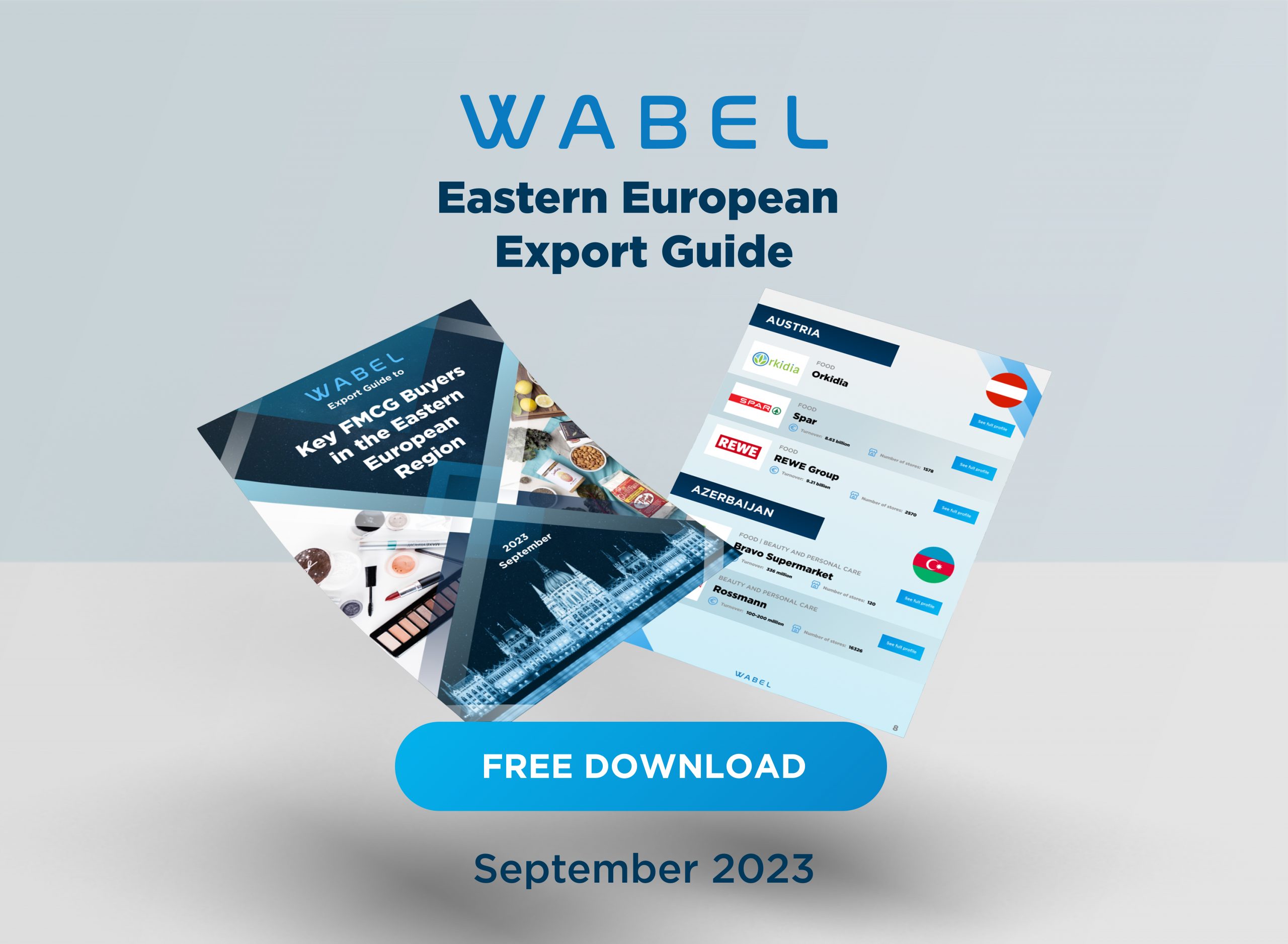How buyers/suppliers can manage risk and reduce costs using market intelligence, cost modeling and indexing.
It’s no secret that purchasing professionals across the globe, from suppliers to junior buyers and CPOs, are tasked with achieving regular cost savings and winning the race to the bottom line. Cost reduction is a KPI for 70% of purchasing practitioners, while spend analysis is the biggest area for increased investment over the next 12 months [Deloitte, 2016]
Although the use of data is quickly becoming a driver for world-class procurement organisations, there is an analytical skills gaps across the industry, with only 19% of purchasing specialists well-versed in data analysis and critical thinking [Moore, 2015]. In partnership with Wabel, this piece explores how independent price data, enriched through market intelligence, cost modelling and indexing, can support both suppliers and buyers in controlling costs; all in the pursuit of reduced spend and optimal contract negotiations.
Making the most of market intelligence

When preparing for negotiations, buyer and supplier intuition is no longer enough. Using impartial market data to understand historic trends, supported by PESTLE analysis to demonstrate reasoning, will place you on an equal footing to each other. By regularly reviewing independent market intelligence, found in trade publications, blogs, industry reports, and our own Mintec solutions, you can:
Gain a year round appreciation of the latest trends impacting your markets and an indication of future price movements.
Benchmark both your own and buyer/supplier performance to come to a contract resolution based on actual market conditions.
Negotiate from an informed, credible position.
Save internal resources with subscription access to the right data, at the right time.
Figure 1, taken from a Mintec system, showcases how both numerical trends and greater market insight can be combined to create a powerful negotiation tool.

Figure 1: Mintec DG8 – Historic trend for milk chocolate model with PESTLE analysis

Cost control with cost models

Although market intelligence can support you in understanding price movements for individual markets, in order to understand the influence of these on more complex products you should construct product cost models; whereby you build a graphical visualisation of your end product by combining price series of each commodity element. This will ensure you can:
Understand the aggregated impact of raw material price movements on the end product to put forward or challenge price increases.
Negotiate from a whole product view rather than individual materials.
Share clear visual examples with those at the negotiation.
Identify cost saving raw material substitutes and support value engineering.
Figure 2 uses a Mintec cost model to demonstrate how, despite a rally in sugar prices in March 2011, the total effect on milk chocolate was reduced due to a decrease in cocoa butter prices.

Figure 2: Mintec DG8 – Milk chocolate cost model
When modelling, it’s important to consider both weight and cost percentage of product constituents. Although sugar is the largest component of milk chocolate by weight, cocoa butter is the largest by cost. Therefore, the aggregated impact of increasing sugar prices will be reduced due to a cocoa butter price decrease.

Intelligent indexing

You may not have access to a crystal ball, but another powerful tool buyers and suppliers can have in their negotiation armoury is indexing. By understanding historic percentage changes in the market over a set period of time, compared with an index of your contract prices, you can work collaboratively to determine how prices could move. Combine indexing with crop seasonality and peak demand periods and you can set agreed future contracts based on independent data.
You can also benchmark your previous contract price, comparative to market fluctuations over a set period of time, to understand which party has won or lost more, or whether you are both in equal standing. Ultimately indexing allows you to:
Present a case for contract prices based on independent percentage changes in the market.
Benchmark and justify your own performance internally based on market fluctuations.
Display your negotiation stance in an engaging and comprehensive manner.
Figure 3 takes our milk chocolate model one step further and indexes the cost model from 2011 to 2016.
Figure 3: Mintec DG8 – Milk chocolate index

If the contract negotiation is regarding the end product (milk chocolate), changes to contract price should be evaluated against the 46% cost rise, rather than the larger percentage change in individual raw materials such as cocoa butter [123%].
Conclusion
In contemporary procurement, the traditional gut feel of buyers and suppliers is no longer enough to facilitate optimal contract negotiations. With the rise of big data and expanse of global markets, purchasing professionals should look to develop their spend analytics skillset and use independent market intelligence to control costs. Ultimately though, these tools should not be used to undermine supplier/buyer relations, but to build on the collaborative partnership using transparency and truth.
To understand how Mintec’s intuitive solutions and expert analysts can support you in controlling costs visit www.mintecglobal.com or email sales@mintecglobal.com









